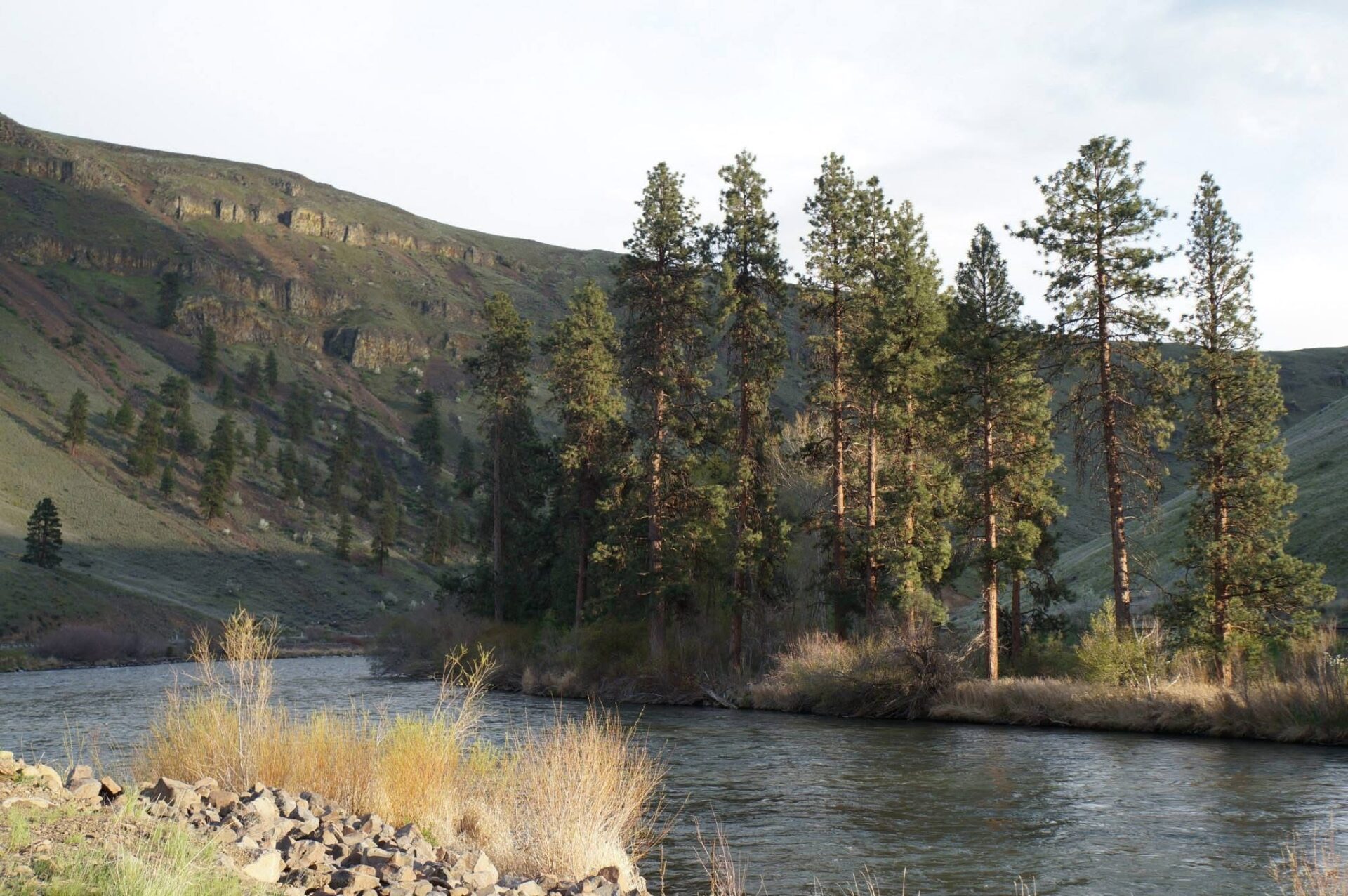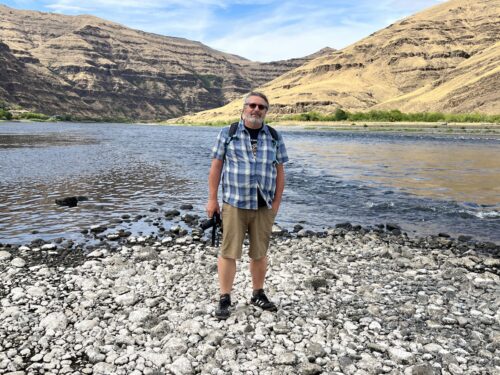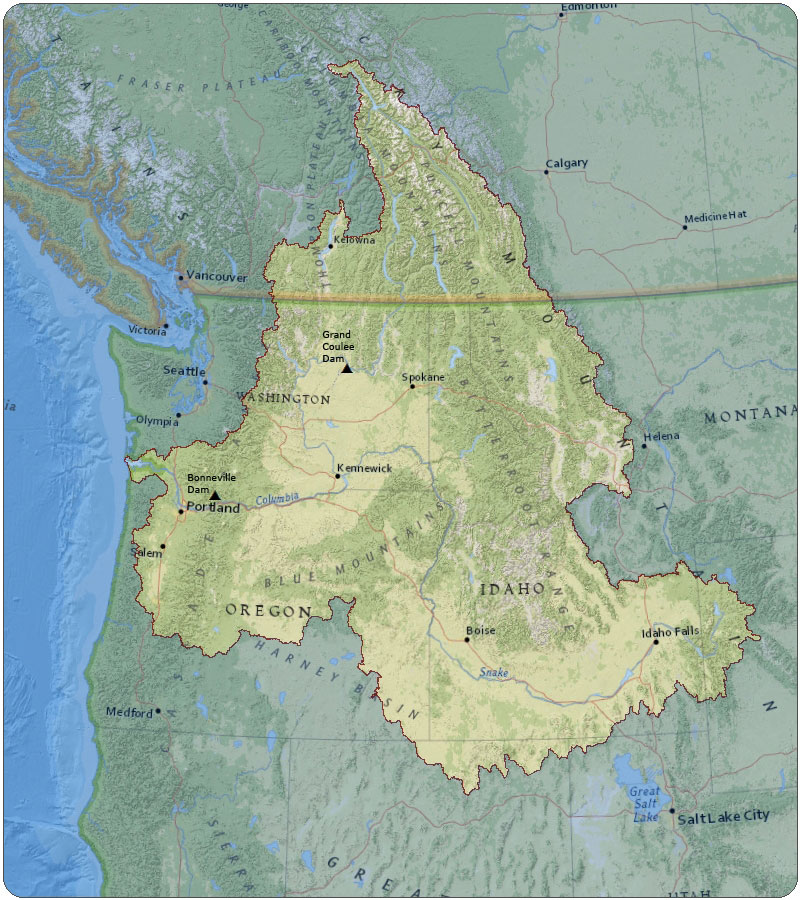Cle Elum Reservoir, Upper Yakima Basin, October 2025 - Photo: Chris Wilke/CELP By Stephanie Hartsig,…

Comment: Snohomish County’s Draft Water Code
Related Legal + Legislative Precedents
'The Hirst Decision' (2016)
State Supreme Court ruling that stated Whatcom County failed to protect water resources as required under the Growth Management Act. This decision reaffirmed existing law that requires counties ensure water is both physically and legally available before granting building permits. This common-sense rule provided a critical check on the state’s decades-long pattern of allowing thousands of rural property owners to sink wells that can withdraw up to 5,000 gallons of water each day with no permit, no metering and no review of the potential impact on stream flows, senior water rights and other landowners. Because ground water and surface waters are connected, wells withdrawing ground water affect stream flows needed by salmon, wildlife, recreation, and other water right holders.
'The Hirst Fix', RCW 90.94 (2018)
In response to the ‘Hirst Decision’, developers lobbied hard for the ruling to be overturned, claiming that it stifled rural development. And growing municipalities argued that it unfairly impacted their communities. Republican legislators held the state’s capital budget hostage for more than a year to force a repeal, which was eventually signed into law.
RCW 90.94 once again allows domestic wells to pump water from already over-allocated watersheds, but requires far more oversight than before. Essentially it maintained the intention of the Hirst Decision, but added necessary constraints and exceptions.
Background
Following the ‘Hirst Decision’ (2016) and RCW 90.94 (2018), Snohomish County found it’s county code out of compliance. As a result, all rural development had to stop until a new way to move forward with issuing building permits, without allowing for too many permit-exempt wells, was established. As Washington State’s top watchdog and defender of water rights and resources, as well as our involvement in the Watershed Planning Committees for WRIAs 7 and 8, CELP was invited by Snohomish County’s Principal Planner to submit comments on the Draft Water Code.
CELP's Position and Argument
Overall, the intent behind the changes outlined in the Snohomish County’s Draft Water Code is to better promote conservation and stewardship of the county’s water, and many sections are particularly well written to achieve this aim. However, this intent is never explicitly stated, and the draft code is riddled with loopholes and exceptions that significantly undermine that intent. In our comment, CELP outlined suggestions to close those loopholes, limit possible exceptions, and overall strengthen the draft water code.
1. Addressing Purpose — This section needs clear language added to demonstrate the County is not merely trying to side-step the requirements of the Hirst decision and RCW 90.94, but actually create a water code that serves developmental and environmental needs. This section would be stronger if it read “The purpose of this chapter is to protect public health and water resources by establishing…”
2. Ensuring Proper Oversight — It should be made clear that all permit exceptions will not be accepted based purely on “good faith”, but thoroughly assessed. This will ensure that the County is not allowing more than the absolute worst-case scenarios to receive exceptions.
3. Preventing Over-Allocation — If an existing public water system cannot provide service to a new development project due to a lack of water availability, clearly there are deeper issues. As written now, when confronted with water scarcity, the Draft Water Code allows developers to sidestep the rules that protect water resources from over-appropriation. If the public water system can’t get more water rights because there aren’t any available, then that mean there isn’t water for a permit-exempt well to draw from either without impairing existing water rights, including the instream flow. The section containing this language needs to be eliminated or rewritten to state that an exemption can only be applied in situations where the reason that the public water system declines service is not due to a lack of water availability.
4. Avoiding Legal Battles — Section 30.30.030 (e) is the exact kind of loophole that Hirst and RCW 90.94 attempted to close. The County should not allow this type of loophole at all or it opens itself up the same type of lawsuits, water disputes, and land disputes that other areas of the state have already dealt with. If the public water system denies service to a proposed rural cluster subdivision or rural cluster short subdivision the County should deny that development. Section (e) should be eliminated.
5. Holding Developers Accountable for the True Cost of Development — Section 30.30.030 (i) provides a loophole for developers who would rather create a new permit exempt well, rather than undertake the process of connecting to and improving a Group B public water system. If a Group B system meets criteria for service, then the County should require the developer to connect and improve the system. This takes the burden of fixing the system off of the County and puts it onto the developer who wants to build. It should be just another requirement to get permits. Section (ii) implies that the County is allowing Group B water systems with known quality or quantity issues to continue to exist without working to improve the monitoring system, fix the quality issues, or enfold them into a larger system with more water availability. This is not a practice that the County should be engaging in and certainly shouldn’t be codifying.
6. Properly Defining an “Expert” — As written now, the Draft Water Code broadly construes who constitutes an expert in the field of hydrogeology. This language needs to be rewritten to only include actual experts; those individuals with a license, degree, or certificate specifically related to hydrogeology. If allowed to remain as it is now, the County is opening the door to a large number of disputes about the validity of the hydrogeologic reports that it and others rely on.
6.
Comment: Snohomish County’s Draft Water Code



